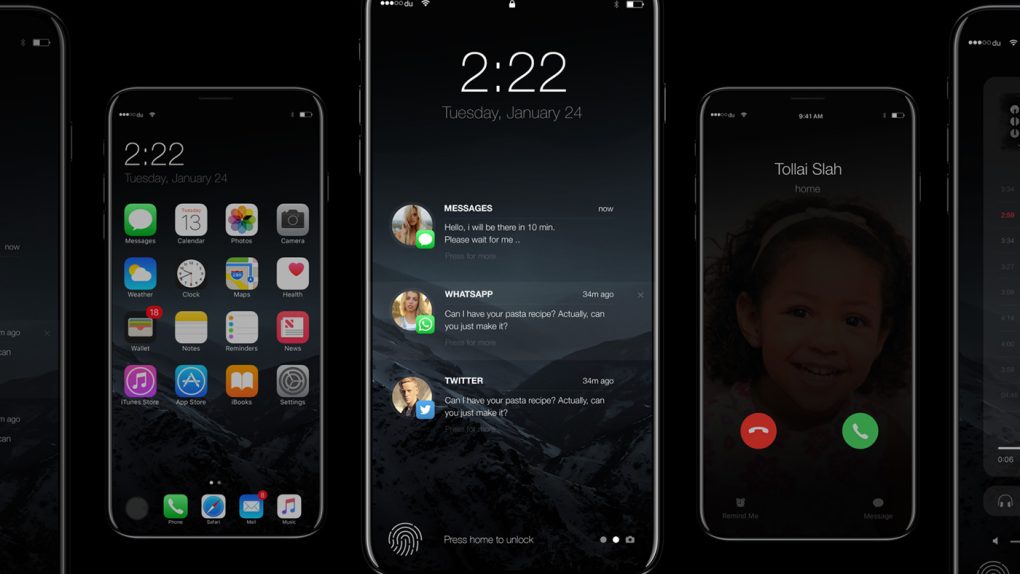As excited as Apple fans are for the reveal of the 10th anniversary iPhone this fall, they can’t be nearly as ecstatic about the rumored price tag. Multiple rumors have suggested that the OLED-equipped iPhone 8 will cost upwards of $1,000, but on Tuesday morning, UBS said in a note that it doesn’t expect the cost of the iPhone to hit four figures in 2017. It will still cost more, but Apple will stay competitive with the market.
UBS estimates that the factory cost of the 64GB model of the iPhone 8 will be $70-90 more than that of the iPhone 7 Plus, bringing the sale price to between $850 and $900. UBS thinks $870 would be the sweet spot.
“We think an $870 price would be accretive to EPS but dilutive to gross margin, a dynamic Apple has said it would accept,” UBS stated in its note. The brand new Galaxy S8 costs $720 while the Galaxy S8 Plus costs $850. For Apple fans, $870 would be an acceptable deviation, especially for a truly innovative product.
Other than the fact that Apple rarely prices its products significantly higher than its closest competition, the iPhone 8 is also expected to feature a much smaller display than the 5.8-inch screen of the Galaxy S8.
“Apple’s top model will be at a display size disadvantage to Samsung’s Galaxy S8 Plus,” says analyst Steven Milunovich. “We still think Apple will choose to price its top model relative to Samsung’s top model, but remain cautious on how much higher Apple could ultimately go on price given a smaller display.”
On the other hand, the iPhone 8 is also expected to have several features that don’t appear on Samsung’s latest flagship, including a 3D camera and a fingerprint sensor embedded into the display. This will help Apple explain away a marginal price difference, but probably won’t get the company to $1,000 at retail.







